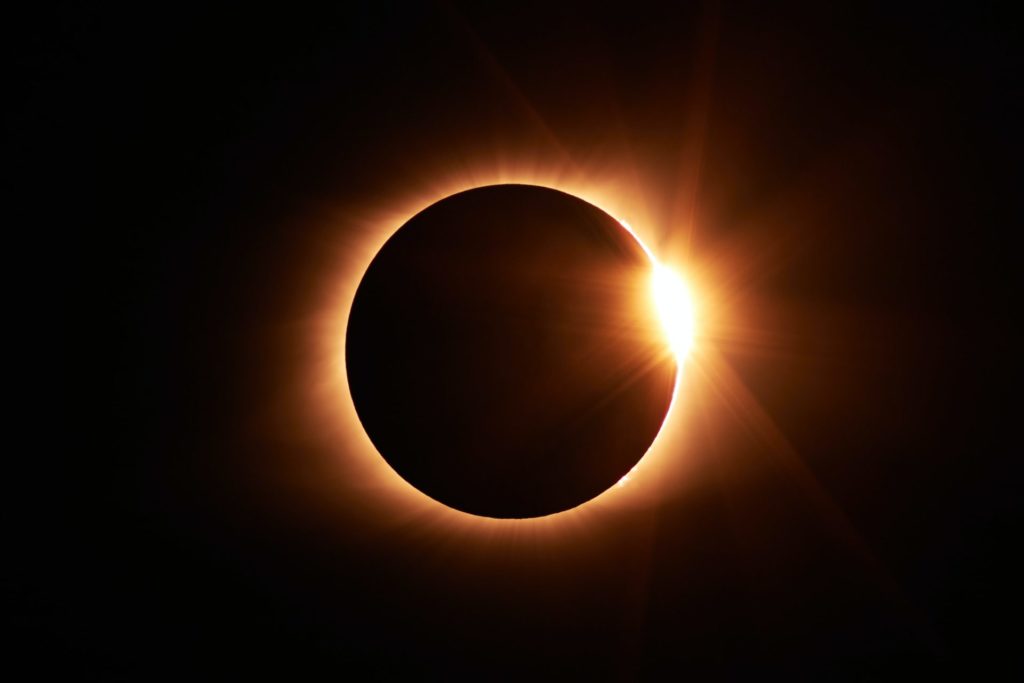On Thursday, between 11:17 AM and 1:25 PM, a partial solar eclipse will be visible across the whole of Belgium, and the day's clear and sunny weather has created the perfect conditions to see it.
Around 12:19 PM, when a lot of people and children will be on their lunch break time, the eclipse will reach its climax, at which point 26% of the sun's diameter, or about 15% of its surface, will be covered by the moon.
"It will look like the moon is taking a bite out of the sun," Philippe Mollet of Mira Observatory told VRT News.
During solar eclipses, the moon shifts between Earth and the sun.
Because the eclipse is taking part at midday, the sun will be high in the sky, meaning even in cities with high buildings, the phenomenon should be visible.
How should I watch it (and how not)?
To look at the phenomenon, you will need special "eclipse glasses," and as always, you should never look directly into the sun if you do not have these glasses, as looking directly at the sun can lead to a condition named "solar retinopathy", in which sunlight burns the light-sensitive retina in the eye, and can result in permanently damaged vision.
When buying eclipse glasses, make sure they are tested and certified according to regulations, meaning they've met standards for eye safety when looking at the sun.
This means that people without eclipse glasses should not watch the eclipse, even with sunglasses (unless the sun is completely covered by the moon during totality, which is not the case on Thursday).
People without eclipse glasses can project the image of the solar eclipse on a piece of paper or cardboard by using a colander.
When looking at the sun with a telescope or binoculars, a special filter to block the sunlight will also be needed, to avoid the rays penetrating the telescope or binoculars. Wearing eclipse glasses and looking through telescopes or binoculars does not protect you from this.
Is it a rare occurrence?
Solar eclipses occur quite regularly, but because they often take place either during the night time or when it is cloudy, as was the case during the last solar eclipse in 2015 when 84% of the sun's surface was covered by the moon, they are not always visible.
If you still have your eclipse glasses from 2015, don't use them, as they could still cause eye damage, because the paper and adhesive the glasses are made of may be damaged.
The last time a total solar eclipse was visible in Belgium was in August 1999, whilst the next solar eclipse that is expected to be visible will take place in August in five years' time when around 90% of the sun will be covered when looking from Belgium.
On Thursday, an (almost) complete solar eclipse will be visible from other, more northern parts of the earth, including the north of Canada, Greenland, or Siberia, as they fall directly along the eclipse's path, meaning the moon will block out all of the sun except its fiery outer edges, giving this eclipse the name "ring of fire."
Meanwhile, in the southern hemisphere, below the equator, the solar eclipse won't be visible at all.

